Just because you have a shady garden, doesn’t mean that you can’t grow a flowerbed filled with fragrant, spectacular flowers. Foliage isn’t the only option for shady gardens, as long as you know the varieties of plants that thrive in the shade.
Planting a few shade-tolerant plants around the yard is a great way to bring some color into spare areas. In this article, we’ll list of favorite plants that love hanging out in the shade.
Best Shade Flowers – Perennials
Perennials are plants that keep coming back into bloom year after year. There are numerous shade-tolerant species, and here are our top choices.
Astilbe
This shade-tolerant plant forms a great focal point in flowerbeds. Astilbe has tall and fluffy plumes and fern-like leaves.
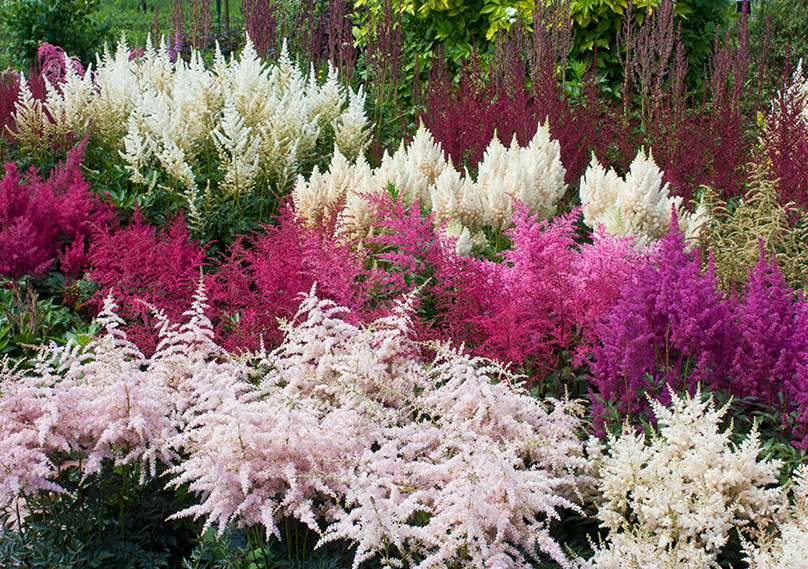
These flowers are excellent companions for other varieties of shade-tolerant plants, such as hellebores and hosta, providing the garden with contrasting foliage and coordinating flowering seasons.
Bee Balm
This North American species goes under the botanical name of “Monarda.” It thrives in woodland regions of the United States and attracts plenty of pollinators to the yard.
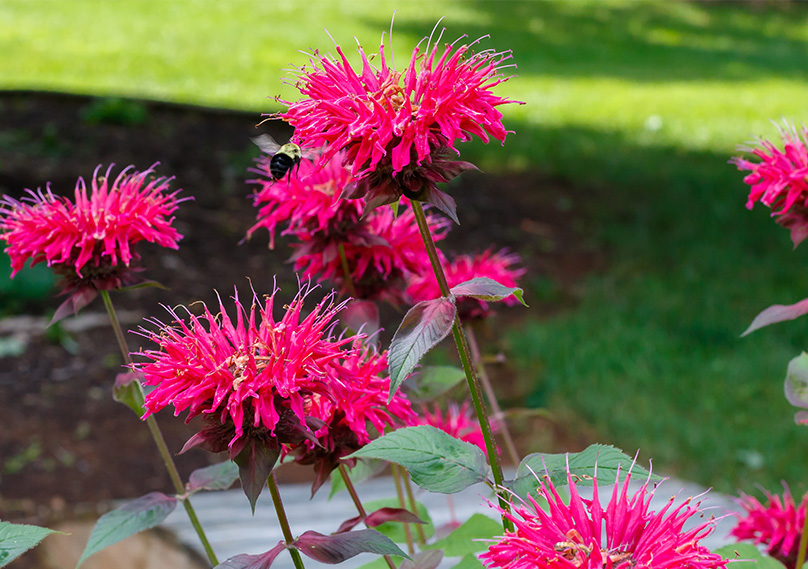
The daisy-like, open shape of the tubular-style petals on the plant comes in hues of pink, purple, red, and white.
Bellflowers
Otherwise known as “Campanula,” bellflowers gently nod their heads in an afternoon breeze, releasing fragrant aromas into the air. This plant is native to regions of the world that experience moderate temperatures and cool nights.
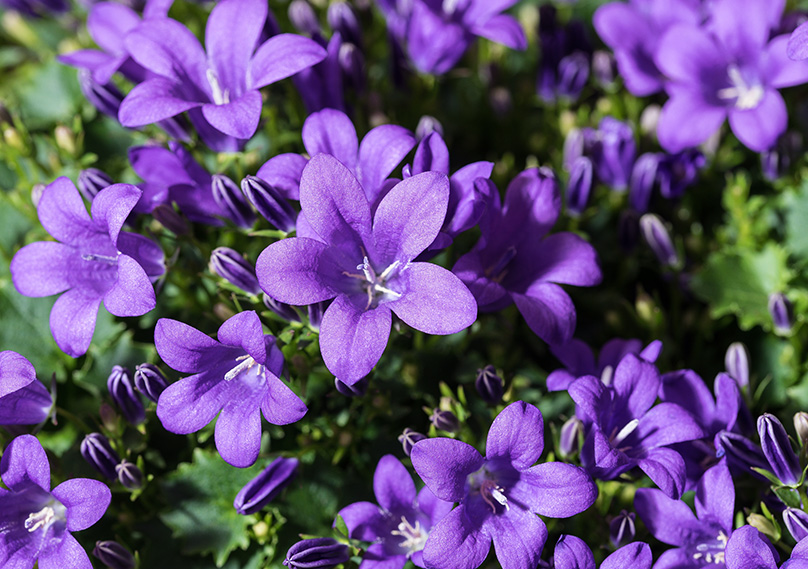
These shade-loving flowers bloom in June and July, with some varieties flowering right through until the late fall.
Bleeding Heart
The flowers of the bleeding heart start to emerge in the early springtime, producing heart-shaped blooms sitting atop arching stems.
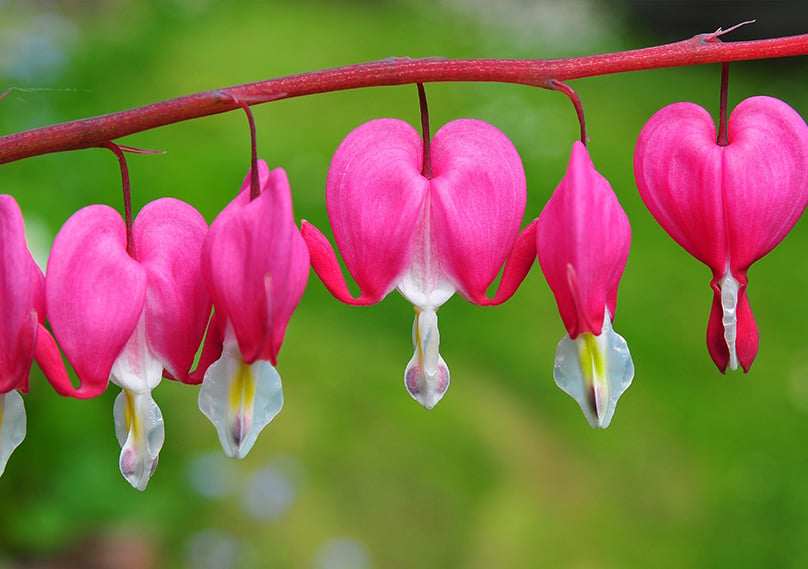
These attractive plants flower in full glory throughout the summertime, and the pretty bluish-green leaves of the plant come to life as the bleeding heart awakens from dormancy after the winter season. The flowers come in pink and white, with some hybrids having both pink and white flowers.
Foxglove
These vertical flowers look stately in extensive gardens, providing blooms that reach up to 6-feet tall. The foxglove produces flowers along the length of the stem, with tubular-shaped blooms appearing in hues of red, pink, lavender, purple, white, and red.
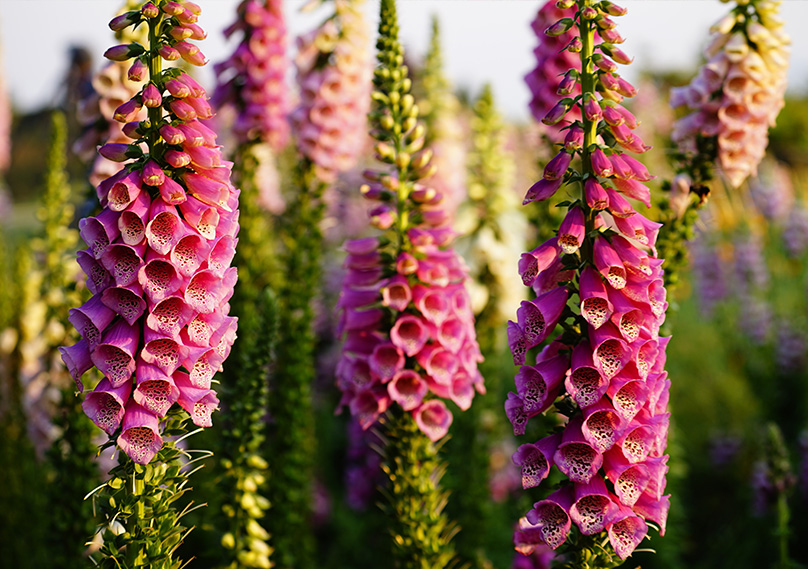
Foxgloves can survive in the sun or the shade, and grow well in USDA zones 4 to 10. The hotter the summer conditions, the more shade the plant requires, making it the ideal choice for shady parts of the garden.
Forget-Me-Not
This pleasant flower grows on long, hairy stems reaching 2-feet in height. The flowers burst into bloom, with blue petals and yellow bees that spring to life in the months between May through to October.

The petals of the plant also come in pink hues, and you can find them growing in the wild next to rivers or streams. These plants love moist and humid conditions, which is why they love growing near bodies of water.
Hydrangeas
Hydrangeas are a colorful choice for a shade-loving plant. The changing colors of the hydrangea occur due to changes in the soil. The plants produce blue flowers in slightly acidic soil and pink in limy soils. The white hydrangeas sprout in neutral soils, and all of them look fantastic in the garden
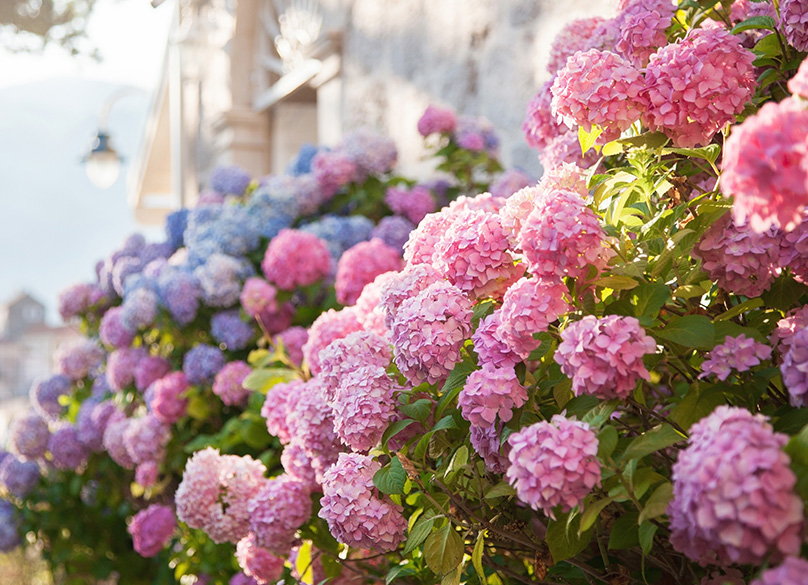
Hydrangeas are not easy to grow, but it’s a rewarding feeling when you see them burst into bloom. However, the plants require hardy, and they have good resistance to pests and diseases.
Hellebore
Flowers of the hellebore plant start blooming in the late winter through to the early spring. These plants thrive in colder climates, and the flowers come in colors ranging from black to white.
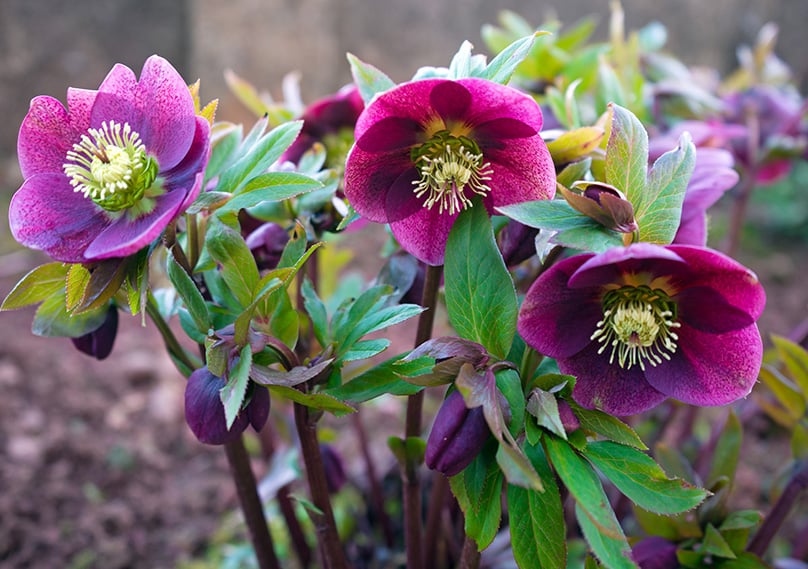
These flowers are among the early bloomers in the garden, producing a pleasant fragrance that lingers throughout the season. The attractive green foliage of the plant adds to the overall aesthetic of the hellebore, making it a top choice for shady parts of the garden.
Lily of the Valley
The lily of the valley is one of the oldest plants known to feature in cultivated gardening. With a 3,000-year history, this beautiful perennial loves the shade around your garden.
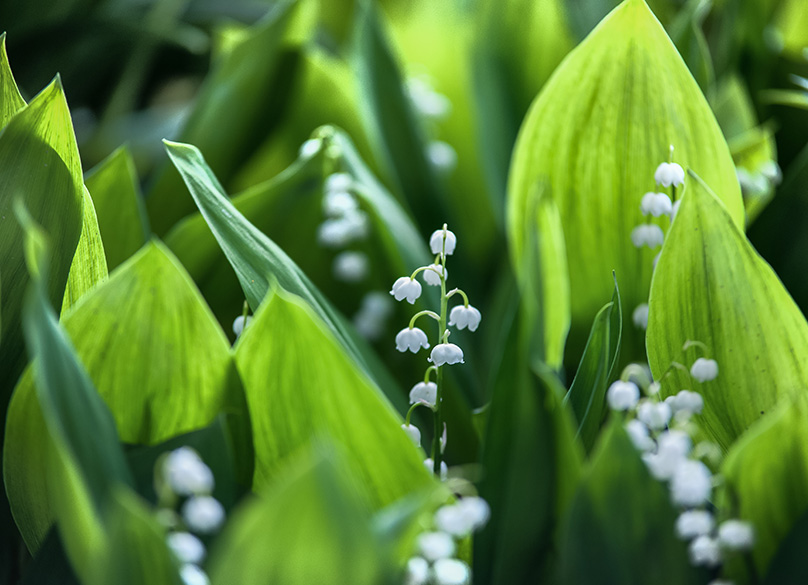
The plant produces green foliage, with flower stems that reach between 4 to 8-inches in length. The lovely white lilies produce a magnificent scent during the flowering season, and the bell-shaped white flowers sit atop bright green, lance-shaped leaves.
The lily of the valley loves moist soil and shady areas of the garden, they do well in USDA zones 2 to 9.
Spotted Deadnettle
Ground cover plants are some of the best choices for shady areas of the garden that look bare. Groundcover thrives in the shade and quickly spreads to cover the sparse looking areas of the yard, such as under trees and shrubs.
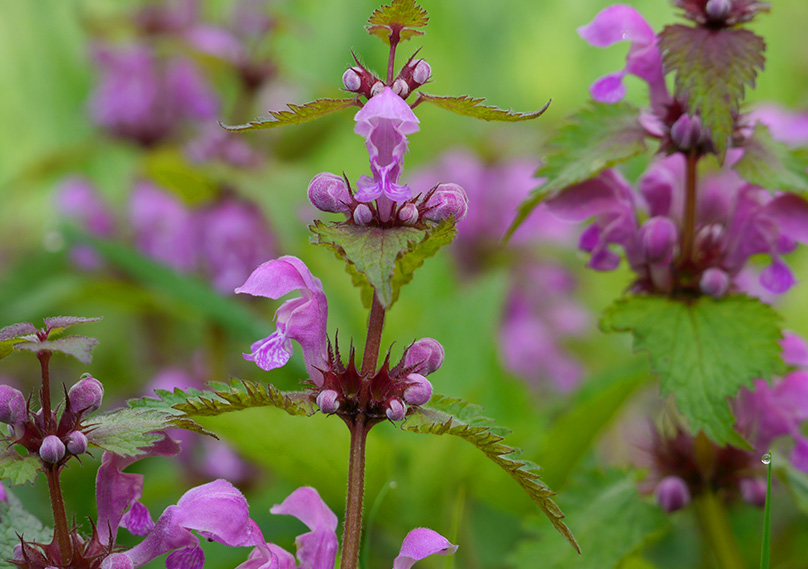
The spotted deadnettle is an excellent groundcover choice. The plant does well in a variety of soil conditions and requires little maintenance. However, gardeners will have to keep their eye on this plant, and it spreads quickly, becoming invasive.
Best Shade Flowers – Annuals
Annuals don’t keep coming back the same way perennials do, but they have plenty of advantages for a seasonal garden. Here are our top choices for the best annuals to suit shady parts of your yard.
Alyssum
The sweet asylum is one of the hardiest and drought-resistant annuals you can plant in the garden. This flower naturalized in the United States, and you can find it going in the wild in many regions of the country.
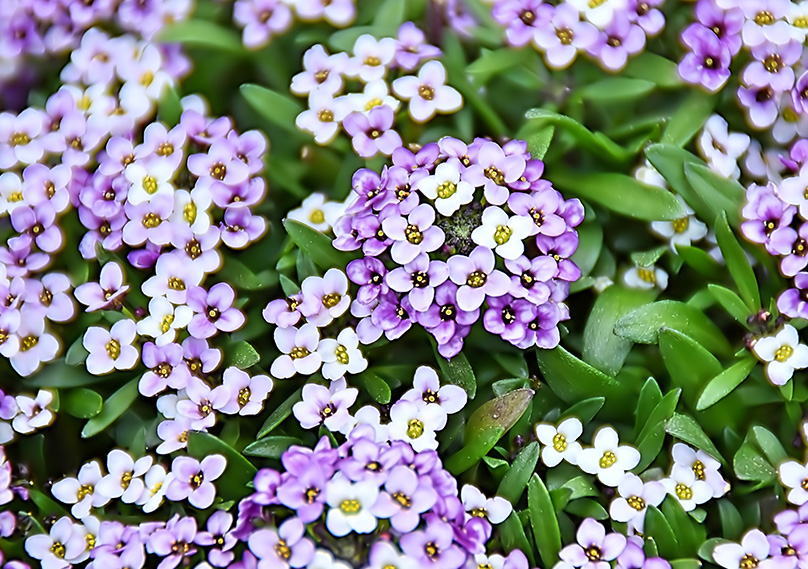
The sweet asylum gets its name from the beautiful fragrance produced by the plant. If you smell the plant, it’s hard to think that it’s a part of the mustard genus. These plants aren’t tolerant of cold conditions, and they’ll die if frost lands on them.
Calendula
With bright orange and yellow flowers, the calendula is another annual that looks fantastic in shady areas of the garden. With culinary and medicinal uses, the calendula is a staple in cottage gardens throughout Britain.
Also referred to as the “pot marigold,” the petals of the calendula are useful in cooking and as a natural yellow food coloring in cheese and butter. When using calendula in stews and soups, it provides a similar spicy taste to saffron.
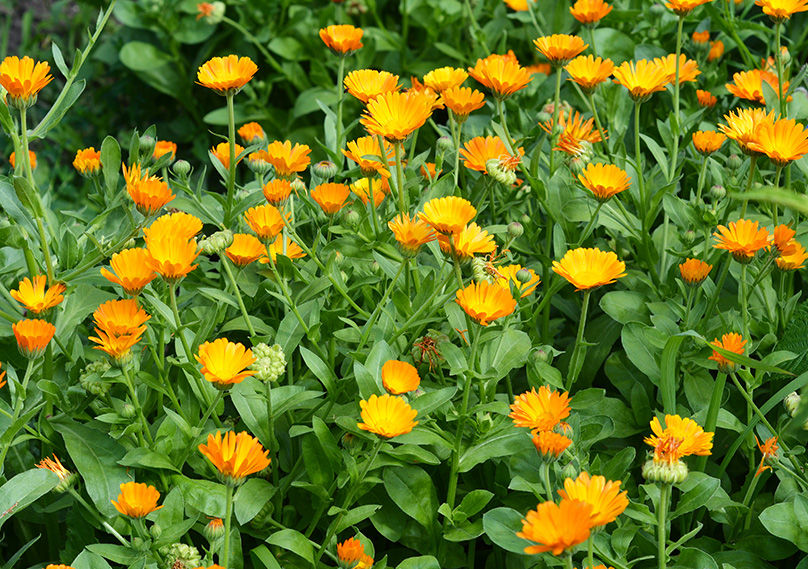
Line your flowerbeds with calendula, or plant it near the vegetable patch to keep pests away. The calendula doesn’t require much maintenance and grows readily throughout the summer season into the later fall. Keep plants away from the frosts, as the cold weather will kill them.
Fuchsia
The fuchsia is a stunning exotic flower featuring a two-tone color scheme. It’s a delicate flower with an unusual shape, and great for growing in shady parts of the garden.
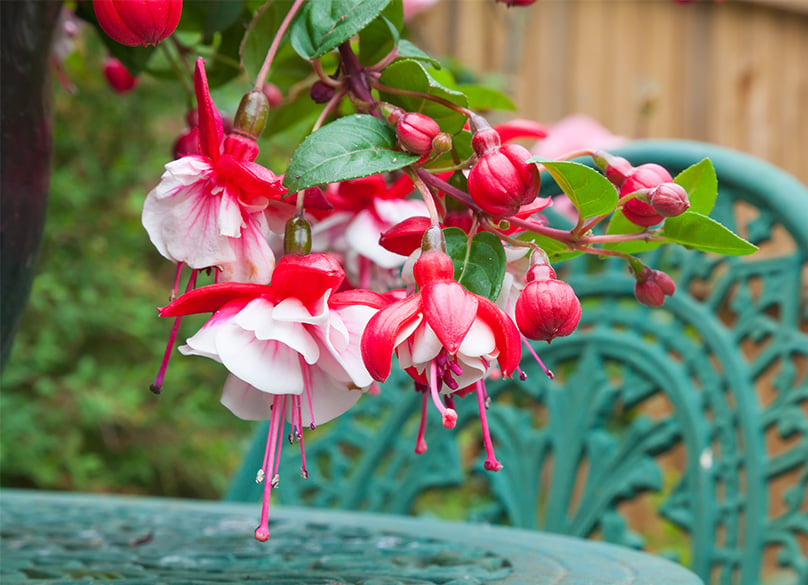
We like growing fuchsia in hanging baskets in shady areas of the yard, such as under the pergola or the patio awning.
Larkspur
This tall flower is ideal for planting in shady areas of your yard. The flowers provide the garden with some early-season color, being that they come into bloom faster than most other plants in the yard. After you see the impressive results of growing these flowers, they’re sure to become a staple in your flower beds every year.
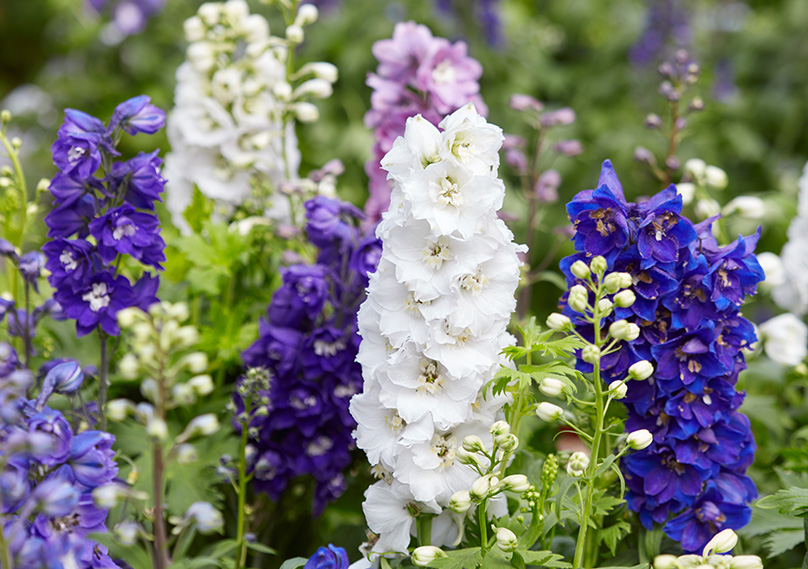
The variety of Larkspur you plant in your garden depends on where you live in the United States. Some types prefer colder climates, while others like warm weather. After the plants establish themselves in the flowerbed, they require little maintenance during the growing season.
Monkeyflower
These flowers have cute little “faces” that provide your garden with plenty of colors throughout the spring and summer months. These flowers prefer moist soil and do well in wet landscapes.

The flower blossom from spring until the early fall, and you can find them growing around streams, rivers, and wetlands. Plant them around the borders of your garden, and remember to keep the soil moist.
Pansies
These fast-blooming flowers are some of the first to emerge in the growing season, bursting into bloom in the early springtime in regions of the United States., Some varieties only bloom in the wintertime in some areas of the world.
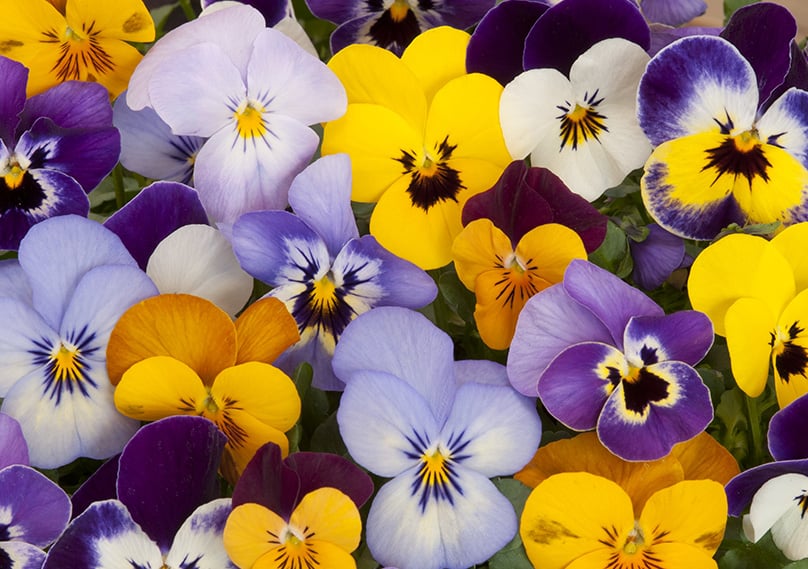
Pansies are a member of the Viola genus, originating from another small flower known as the “Johnny-Jump Up.” Mix in a few of the original violas into your garden landscape to bring some color and depth to the shady areas of your yard.
Snapdragons
Growing snapdragons in flower beds provide the shady areas of your garden with some fantastic mid-season color. This mid-sized plant does well to balance out the taller and shorter plants in the flowerbed, providing a new visual aesthetic to your gardening experience.
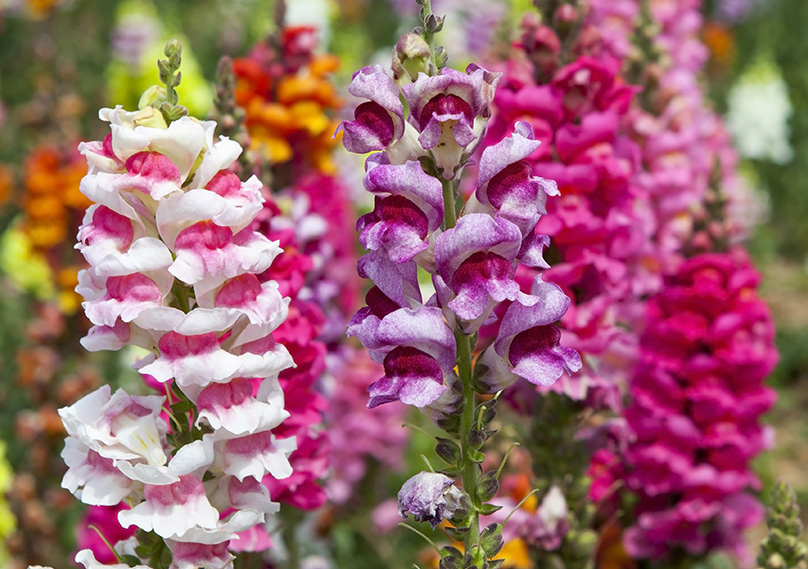
There are numerous types of snapdragon, including dwarf, intermediate, and tall plants, with flowering stems that produce flowers with a range of colors. Snaps come in almost every color except blue, and they contrast well with other early-blooming plants in the garden.
Snapdragons can reach heights of up to 3-feet, or they can be as short as 6-inches. You can start your snapdragons early to ensure they flower in the early part of the growing season.
This plant is relatively hardy and can handle frosts. The plant also produces a pleasant fragrance that wanders through the garden in the springtime.

1 Comment
Always looking for flowers that grow in filtered sun in Central Florida (Zone (0